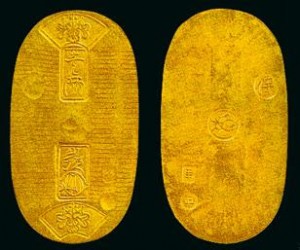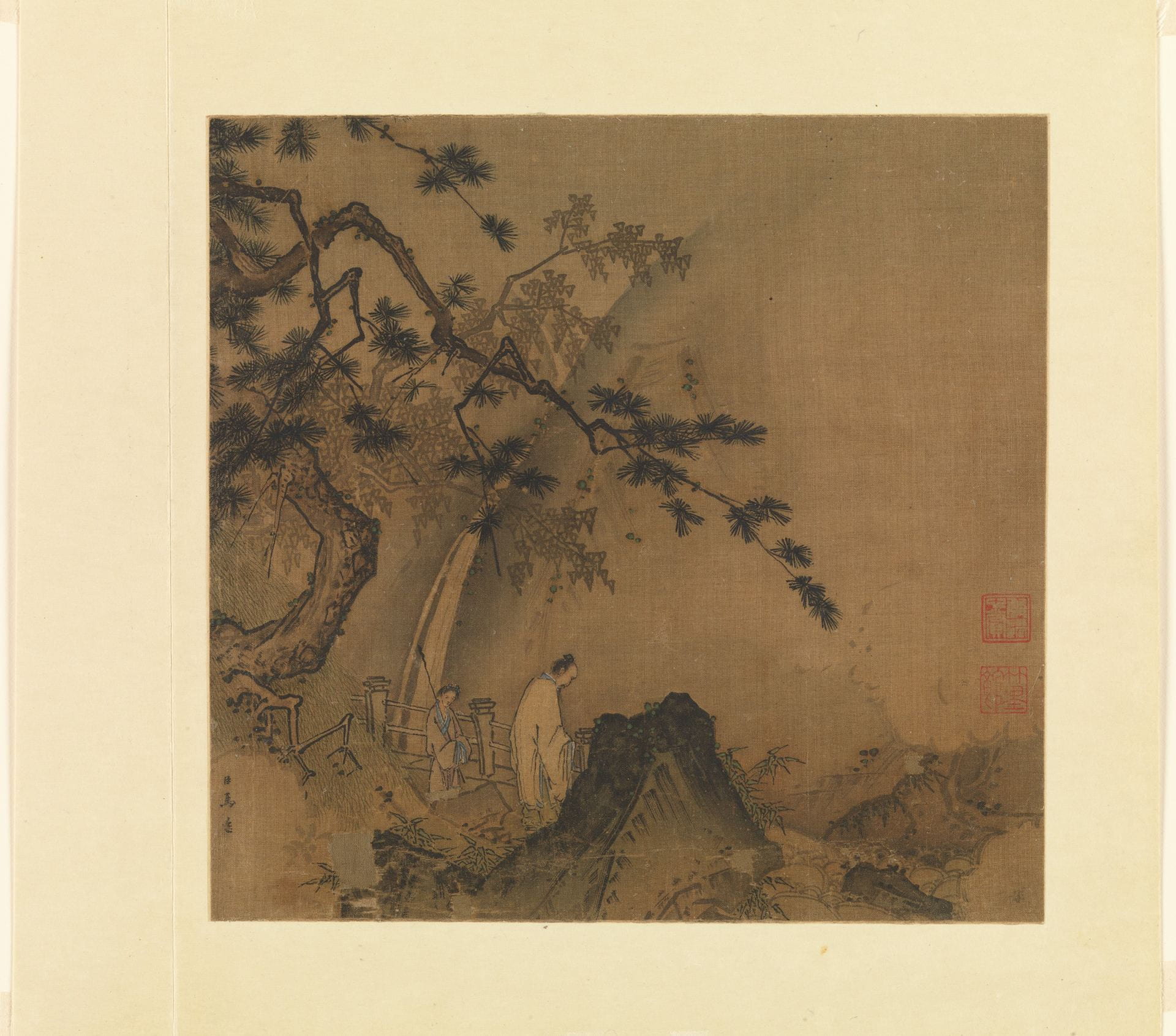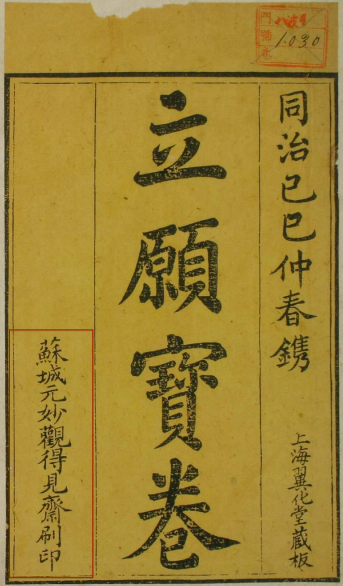Category Archives: Material Culture
Friday, November 4 at 4PM: Jamie Monson
Jamie Monson
Professor, Michigan State University
“Learning by Heart: Practice as knowledge building along the TAZARA Railway in late Twentieth Century Mang’ula”
Friday, November 4, 4:00 – 6:00 PM
CEAS Room 319 (1155 E 60th St)
Professor Monson’s presentation will include photographs and video clips demonstrating her ethno-historical methodology. Her paper can be found on the East Asia: Transregional Histories Website.
This paper explores the transmission of knowledge from Chinese experts to African workers during the construction of the TAZARA railway in Mang’ula, Tanzania. Using a practice called shou ba shou (literally “hand holding hand”), the Chinese experts taught local workers how to use drills and lathes to build railroads. Monson’s ethno-historical research reveals that such processes “spanned and charted major upheavals of the mid-twentieth century in the global history of work, technology and politics.” This railway project bridged the divide between China’s socialist internationalism and Cultural Revolution, on the one hand, and Tanzania’s socialist experiment on the other. As Monson states, “the meeting of Chinese experts and African workers in the secluded mountain stronghold of Mang’ula formed a connection between two frontline landscapes of railway building during the Cold War – from the frontiers of Sichuan and Yunnan to the rugged escarpment of the Udzungwa mountains.“
As always, first-time attendees are welcome. Light refreshments and snacks will be served.
If you have any questions or require assistance to attend, please contact Jessa Dahl at jdahl@uchicago.edu or Erin Newton at emnewton@uchicago.edu.
Nancy K. Stalker – May 19
Budding Fortunes: Ikebana as Art, Industry, and Cold War Culture

Speaker: Nancy Stalker (Associate Professor, Department of History, University of Texas at Austin)
Discussant: Erin Newton (PhD Student, Department of History, University of Chicago)
Date/Time: May 19, 4:15 to 6:00pm
Venue: John Hope Franklin Room (Social Science Research Building, 224)
Add the EATRH Workshop on Facebook: https://www.facebook.com/eastasiatrh/?ref=aymt_homepage_panel
1/15 Federico Marcon – Joint session with Visual and Material Perspectives on East Asia
Money: Monetary Disputes in Early Eighteenth-Century Japan
Link to paper: Money Talks

Speaker: Dr. Federico Marcon (Professor of Japanese History at Princeton University)
Date/Time: January 15, 4:30 to 6:30pm
Venue: Cochrane-Woods Art Center (CWAC), Room 156
6/4 Stacie Kent
Bonding and Branding: The Body of Opium and Taxation Technologies in the Late Qing

Speaker: Stacie Kent (PhD Candidate, History)
Discussant: Evan Randall (PhD Student, History)
Date/Time: June 4, 4-6 pm
Venue: John Hope Franklin Room (Social Sciences 224)
4/9 Anne Walthall
Antiquity and Anachronism: Spear Fighting in Mid-Nineteenth Century Japan
Speaker: Anne Walthall (Professor Emerita, University of California, Irvine)
Discussants: Susan Burns (Professor, History) and Jessa Dahl (PhD Student, History)
Date/Time: April 9, 4-6 pm
Venue: John Hope Franklin Room (Social Sciences 224)
3/5 Katherine Alexander
June 1 (Friday): Joshua Fogel
Joshua Fogel
(Professor, Canada Research Chair, History, York University)
“The Afterlife of a Material Object: The Mysterious Gold Seal of 57 C.E.”
D Ryan Gray, Mar 12
D. Ryan Gray
Graduate student in the Department of Anthropology
University of Chicago
“Identity and the Material Dimensions of Public and Private Practice: Archaeology of a Chinese Laundry in New Orleans”
March 12 Thursday 4:00-5:30 pm
Haskell Hall Mezzanine, Room 102
Abstract: While the lives of Asian-American immigrants in the American West have attracted considerable attention from an archaeological perspective, the subject has been little studied in the East, and even less so in the southern United States. Excavations at the site of a laundry operated by a Chinese immigrant in New Orleans, Louisiana, between 1890 and 1920 offer an opportunity to examine the complex place occupied by Asian-Americans in a society increasingly structured by the starkly dualistic racial hierarchy of Jim Crow segregation. Historic documents examined in this paper emphasize the often ambiguous social position of immigrant Chinese in New Orleans culture, with records demonstrating unclear and conflicting racial designations, shifting names, and domestic arrangements that seem to have violated the letter of the law. While in the turn-of-the-century West,early Chinese immigrants appeared to have often maintained a unique or distinctive material culture, both publicly and privately, artifacts associated with the excavated laundry suggest that their counterparts in New Orleans understood the tenuousness of their position in the city. The resident laundryman utilized items that could be characterized as Chinese only in the most private settings of his home life, part of a strategy to avoid bringing attention to any difference that, within the Jim Crow South, would have been interpreted as evidence of a racialized inferiority. In doing so, the immigrant was able to exploit a place in the city both embedded within the fabric of the everyday but testing the possibilities of its margins.


